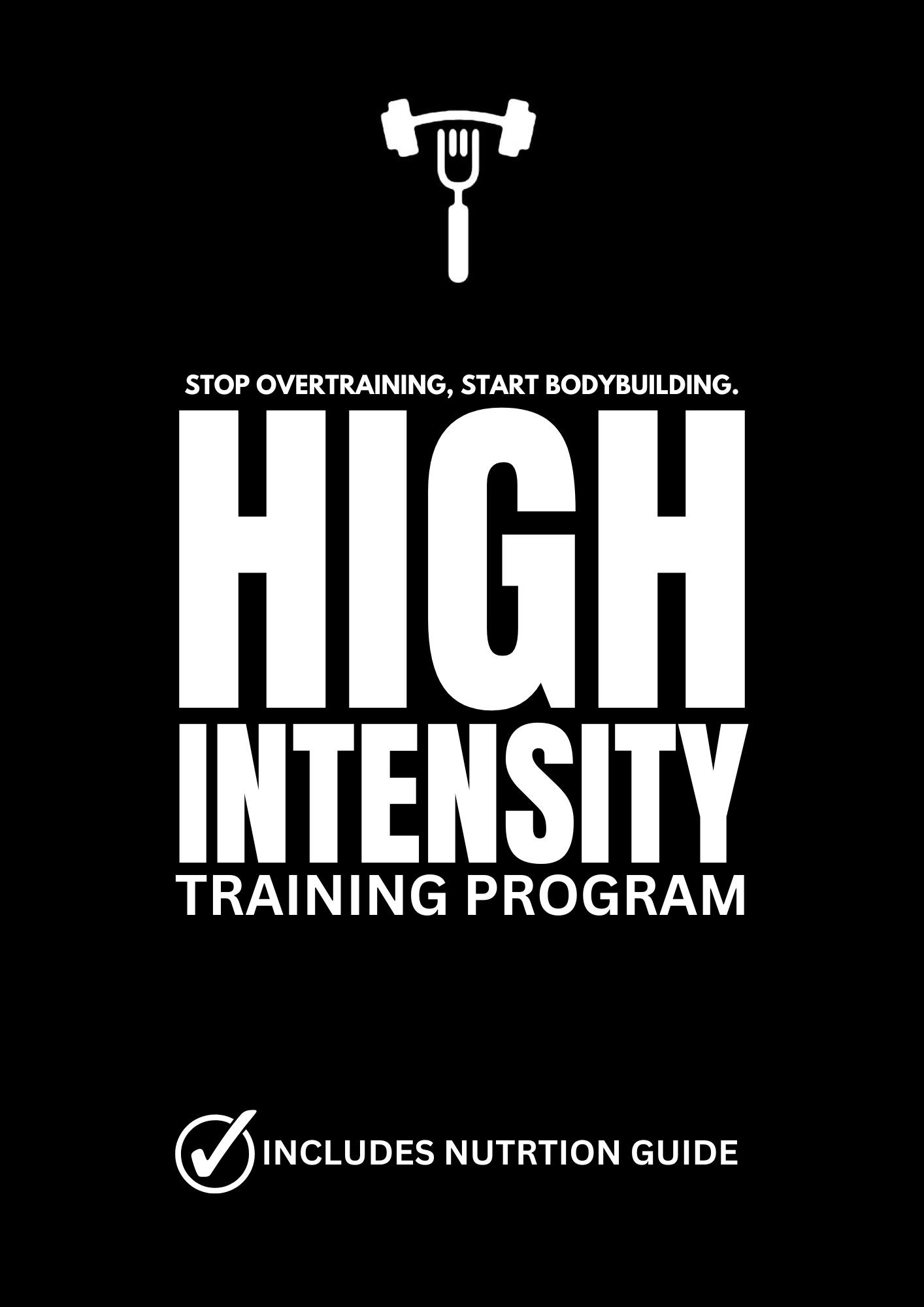The Power of Negative Training: Hormonal Effects on Your Body

In the pursuit of physical fitness, the interplay between training methods and bodily processes is an area of continuous exploration. One such innovative approach, negative training, has gained attention for its potential to leverage the body's hormonal response to accelerate muscle growth and fat loss. This article delves into the synergy between negative training and hormonal mechanisms, shedding light on their role in sculpting a leaner and stronger physique.
Understanding Negative Training:
Negative training, also known as negative-accentuated training, shifts the focus of exertion towards the eccentric phase of an exercise. Unlike traditional training methods that emphasize the concentric (positive) phase, where muscles contract to lift a weight, negative training prioritizes the eccentric (negative) phase, which involves lowering the weight under control. This nuanced approach has garnered interest for its ability to induce greater muscle fiber activation and stimulate muscle growth.
The Hormonal Connection:
Dr. Ellington Darden, a prominent figure in exercise science with over five decades of research experience, has championed negative training as a catalyst for harnessing the body's hormonal response. According to Darden, negative-accentuated training activates a specific hormone, previously unrecognized, that orchestrates physiological processes to combat fat accumulation and promote muscle hypertrophy. This hormone, invoked weekly through negative training sessions, collaborates with other factors like nutrition, hydration, rest, and sleep to optimize body composition.
Scientific Evidence:
Darden's research findings offer compelling insights into the efficacy of negative training in transforming body composition. In a study involving 44 participants over a 12-week period, remarkable results were observed. The most successful subjects achieved substantial fat loss, with one individual shedding 80 pounds in 80 days. Moreover, participants experienced significant muscle gains, averaging nearly 10 pounds of muscle over the study duration. These outcomes underscore the potency of negative training in sculpting a leaner, more muscular physique.
Mechanisms of Action:
The effectiveness of negative training lies in its ability to induce micro-tears in muscle fibers during the eccentric phase of movement. When a muscle is lengthened under tension, as occurs during the negative phase, it initiates a cascade of physiological responses. These micro-tears serve as stimuli for the release of growth and strength-building hormones, triggering processes that culminate in muscle repair, growth, and adaptation.
Harnessing the Anabolic Response:
Negative resistance training taps into the body's innate capacity for adaptation and growth. By subjecting muscles to controlled eccentric loading, it maximizes the activation of anabolic pathways, facilitating muscle protein synthesis and hypertrophy. Furthermore, the metabolic demands imposed by negative training enhance calorie expenditure, fostering a conducive environment for fat loss.
Integration with Sleep:
The significance of sleep in the context of negative training cannot be overstated. Sleep serves as a critical period for hormonal regulation, tissue repair, and recovery. By prioritizing adequate sleep hygiene, individuals undergoing negative training can optimize the hormonal milieu for muscle growth and fat metabolism. Thus, a holistic approach encompassing training, nutrition, hydration, rest, and sleep is essential for maximizing the benefits of negative training.
Conclusion:
Negative training represents a paradigm shift in fitness methodology, capitalizing on the body's hormonal response to sculpt a leaner, stronger physique. Through its emphasis on the eccentric phase of movement, negative training stimulates muscle growth and accelerates fat loss by harnessing the body's natural mechanisms of adaptation. As research continues to unravel the intricacies of this innovative approach, integrating negative training into workout regimens holds promise for individuals seeking efficient and sustainable transformations in body composition.

